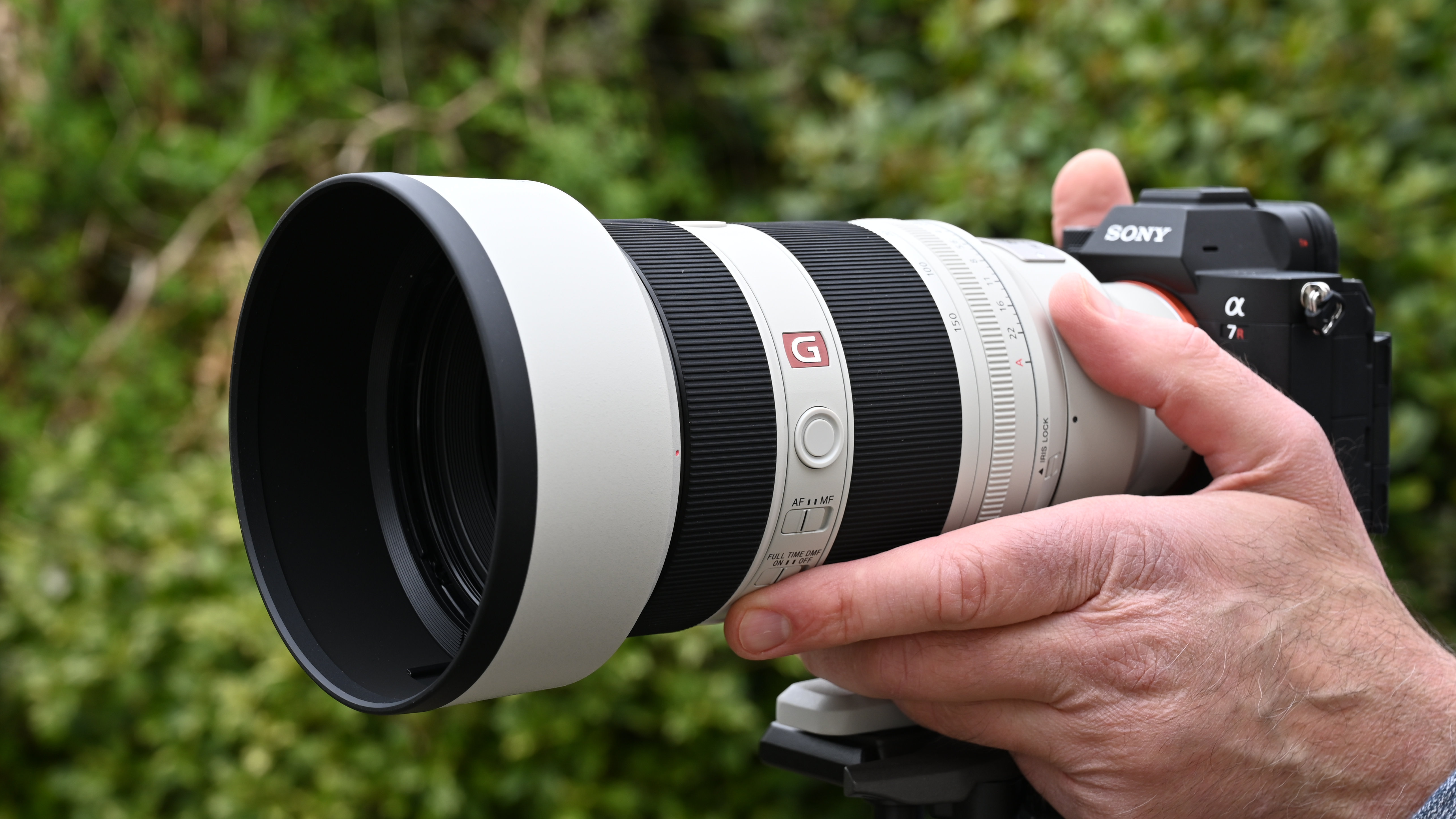Security cameras in 2022: what was looking at you and yours this year?
The rapid changes in security cameras will influence our choices in 2023

The proliferation of new security camera tech taking advantage of digital networking – including wireless – and batteries has marched on apace in 2022, with some exciting new developments and others becoming established.
1: Software Improvements
One aspect which doesn’t get a lot of coverage is the subtle changes in the software which underpins security cameras. For the large share of the market which are wi-fi enabled ‘smart cameras,’ new features can now sneak in this way, or issues disappear and this is happening all the time. It’s worth noting that software has gone a long way to mitigating what might have been seen as the key problem with smart cameras that only record when they detect motion. Functions like Ring’s snapshot build timelapse-like video which can be easily swiped through on the app and this is found even in their battery cameras and video doorbells.
Google and Apple both continue to try to offer a single point of control of all smart devices, including cameras. Both including a similar ‘Home’ app on their platforms (and, in Google’s case, on a browser if needed). These allow browsing and creation of integrations between connected cameras, and both saw refreshes and improvements in 2022.
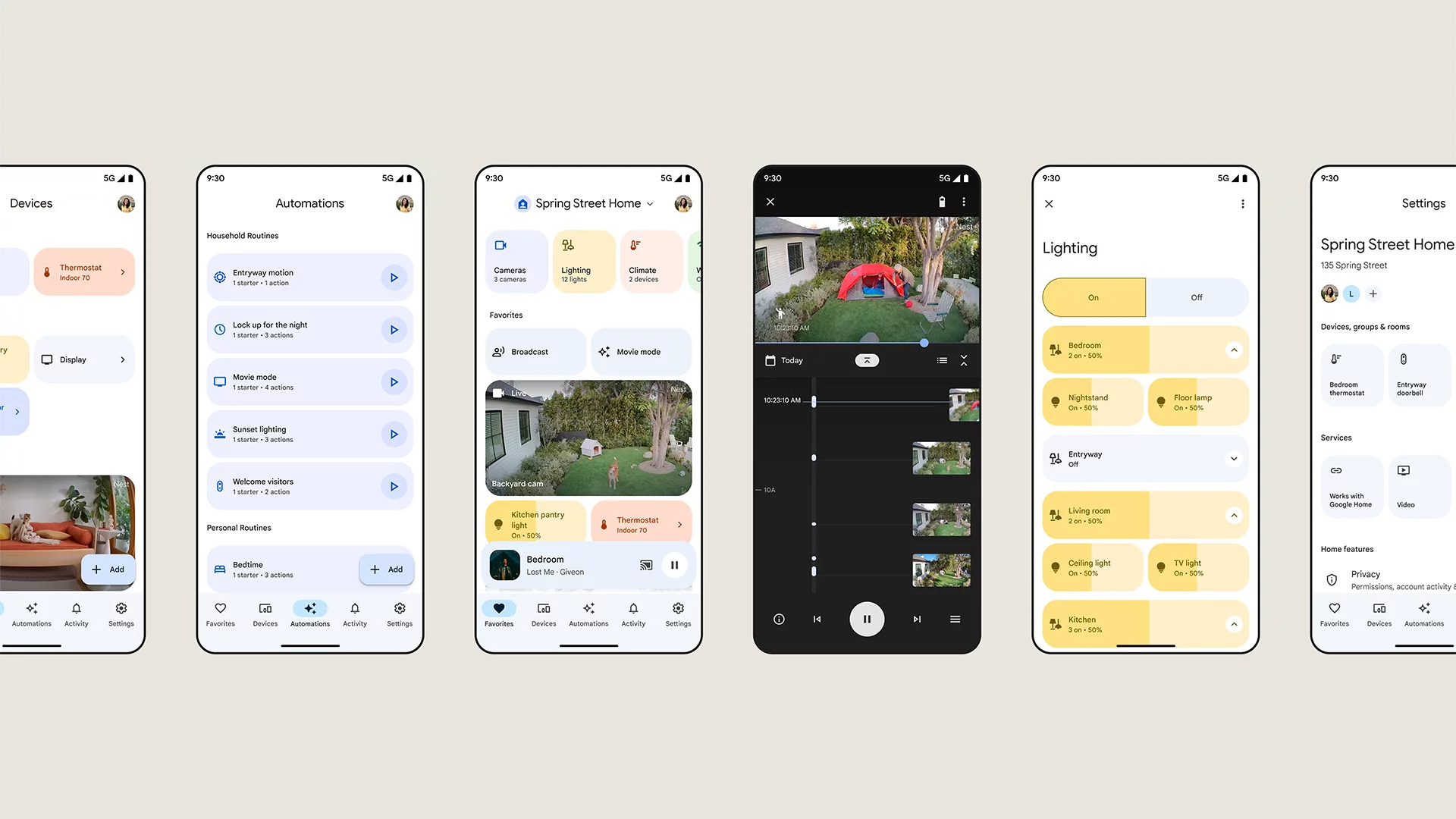
2: Feature integration
More integrations mean people will want smarter devices, and a great example of that is the Aqara 2K Security Indoor Camera Hub G3, which includes almost too many abilities to mention. One is that it can serve as an IR blaster, meaning it can be setup to control your TV. Since it also has AI gesture recognition and a pan/tilt ability to follow subjects, you can conceivably use it to turn on your TV with a ‘peace out’ gesture.
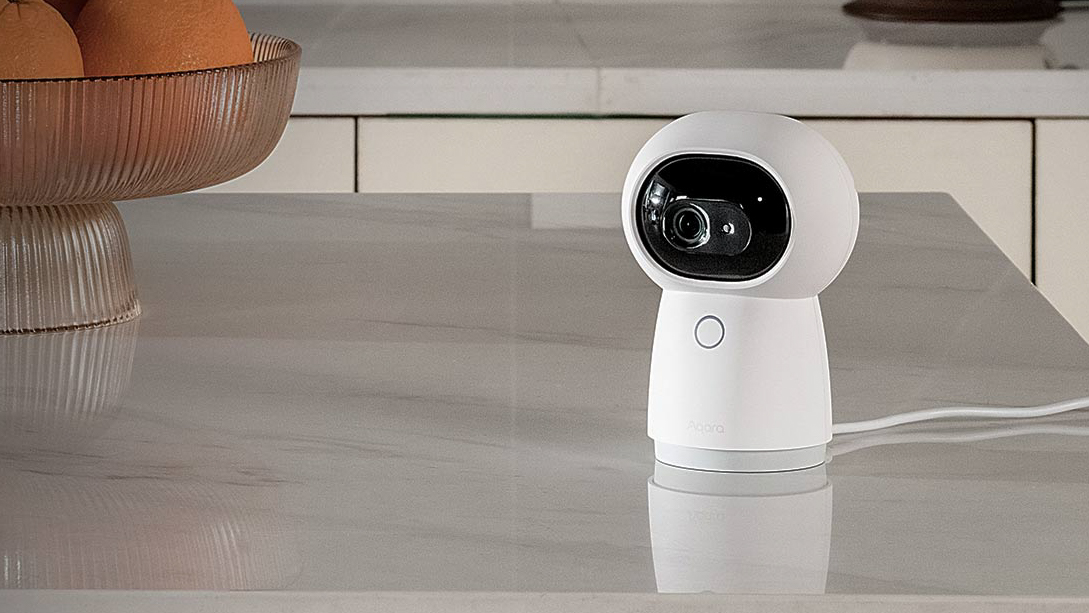
3: Cheap pan and tilt indoors
The Aqara is just one of the many pan and tilt indoor cameras which have established themselves in 2022. The latest is the Blink Mini (which already existed in static form). There is now extensive choice in cameras designed to sit discretely in a room and look around on demand. Some also have programmable patrols, and ever-improving AI can scan the room and ignore 4-legged friendly invaders.
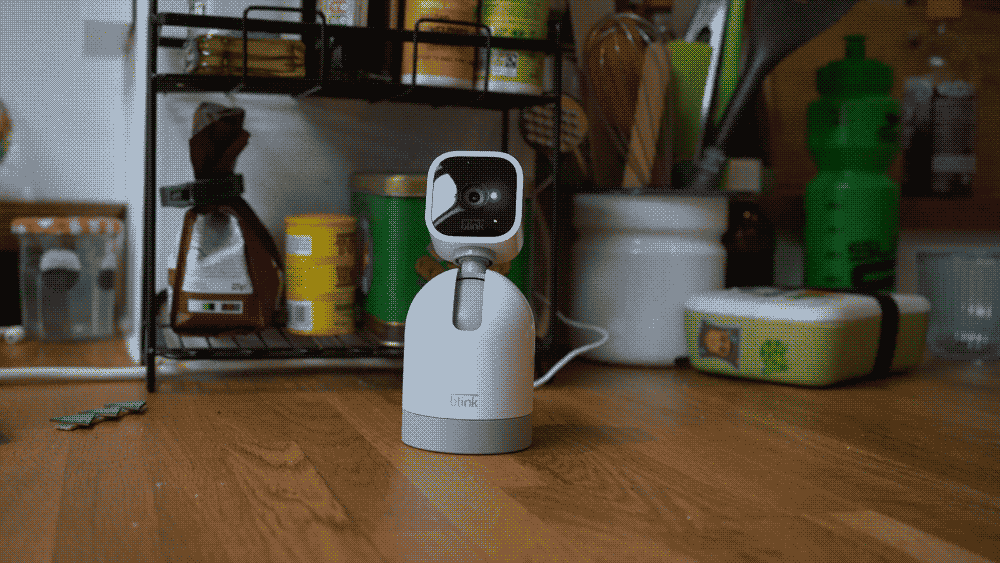
4: Apple’s HomeKit is finally a contender
Apple’s history with the iPod and iPhone have no doubt helped them establish themselves in the music streaming market, but even then Apple Music is a distant second to Spotify there. With no similar background, the HomeKit – including the cloud HomeKit Secure Video service – was always going to be harder to establish.
Finally in 2022 enough third party products have emerged to provide an option in every major category (indoor, outdoor, floodlight).
Get the Digital Camera World Newsletter
The best camera deals, reviews, product advice, and unmissable photography news, direct to your inbox!
In addition there is Homebridge, a software platform which calls itself “HomeKit support for the impatient” which provides plugins for geeks to hack other brands like Ring into a HomeKit system.
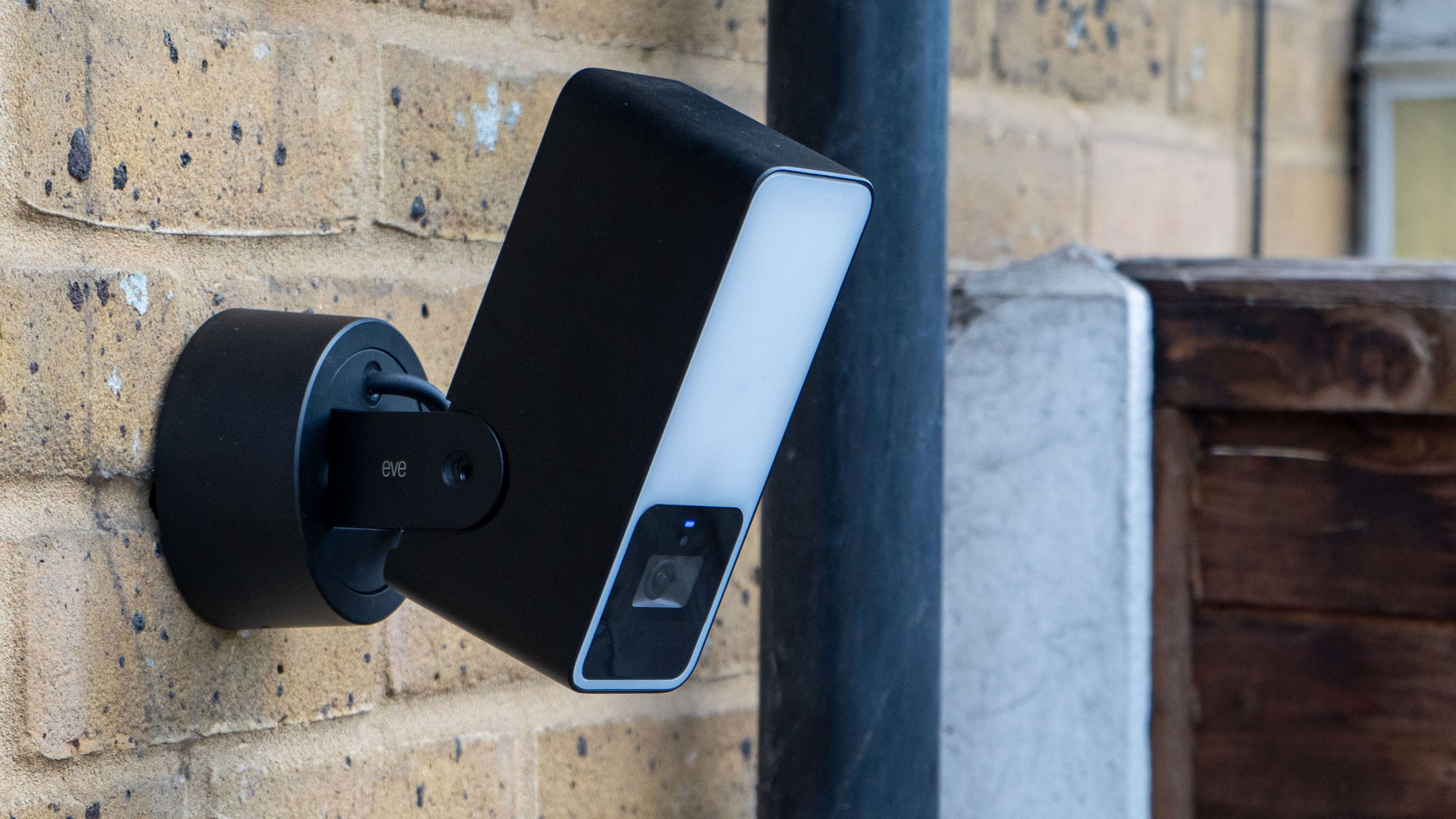
5: Light and floodlight cameras
There were cameras with built-in lights and floodlights before 2022, but this year has seen growth in the area. There has also been a real trend toward lights designed to look good on a property with the smart camera functionality being almost secondary. Since they tend to include two-way-talk, they can be used in place of (or with) a camera doorbell, but mounted to provide the view and illumination you choose.
A great example of the style is the EVE Outdoor but lighting has also become a significant part of the offering of many cameras. It makes sense because battery LED-powered sensor lights are popular, but if you include a camera you get more security for the holes drilled in your home.
6: Batteries everywhere
The trend toward batteries to prevent wired being required in installation has continued apace. This has perhaps been mastered by Ring, who have a standard battery design
Where more power is needed for a device like their 2022-launched Spotlight Cam Plus (review) or Pro, they’ve designed the system with dual battery bays. This seems designed to reward loyalty since you can use the battery across Ring devices.
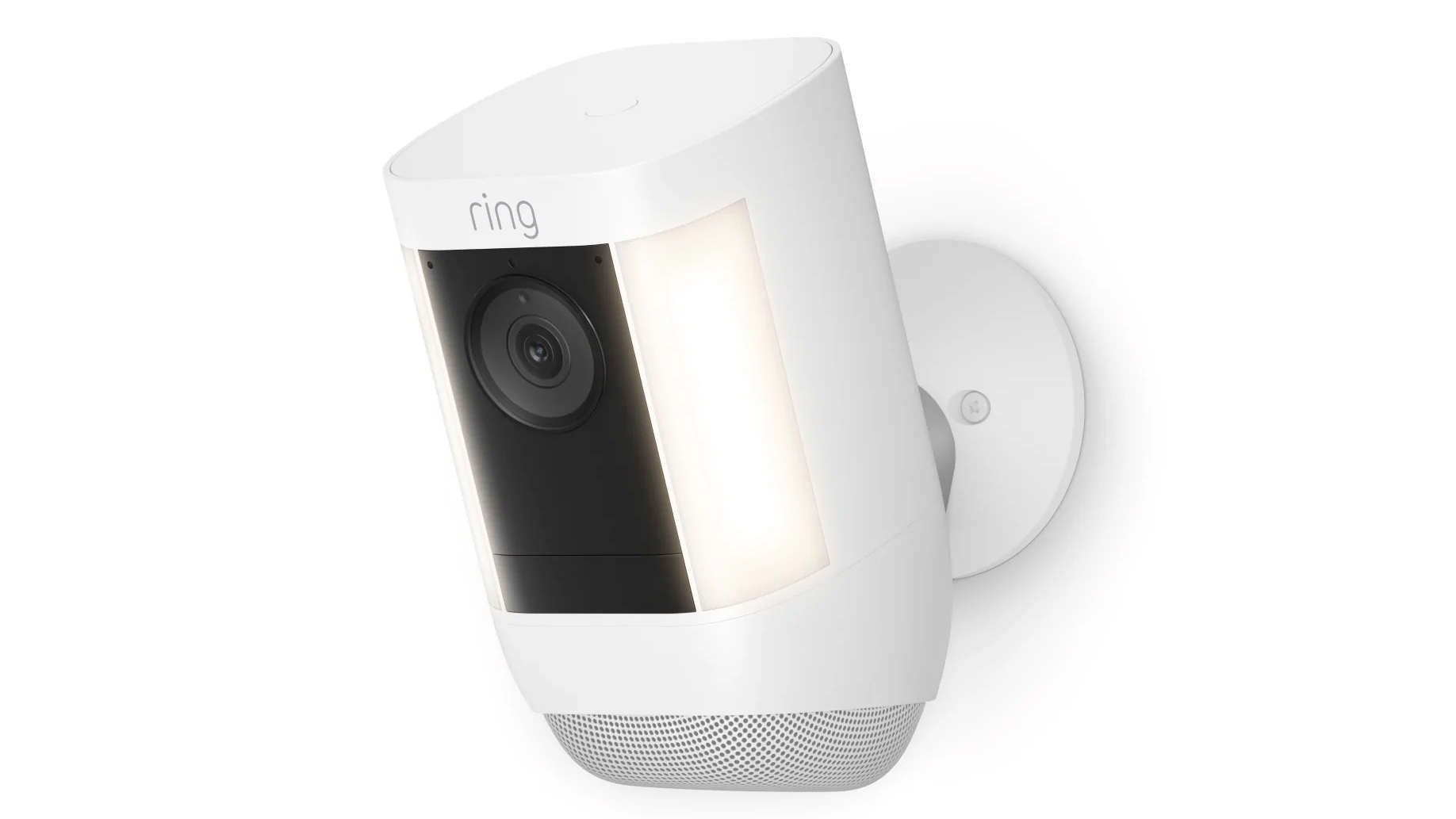
Batteries also mean solar power is becoming more widespread and, in 2022, more discrete, with cameras like the new EufyCam S330 4K devices able to keep themselves charged indefinitely even without large satellite-dish like panels. It still depends on the direction, and other firms like Ring offer separate panels so the camera angle isn’t influenced by concerns about power, but visually Eufy have made a step in the right direction.
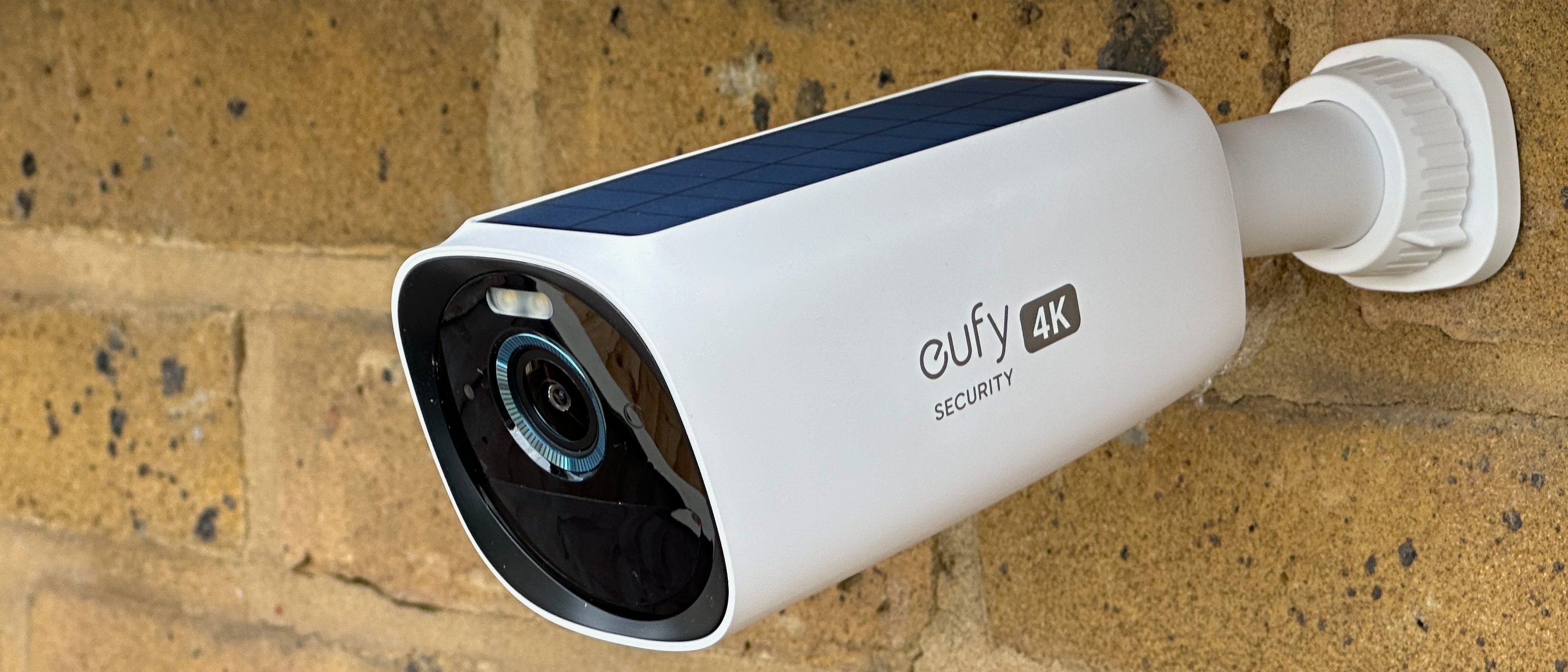
7: Inflation
Despite the much-discussed rise in prices around the world, security cameras (especially smart wi-fi ones) hardware prices seem to have been held in place, or even pushed down, in 2022. For many that is only half the story, however; no firm has reduced the prices for their cloud service and for some brands – for example Ring – some features are dependent on this being paid up. Ring prices rose to $3.99/£3.49 a month per camera in 2022 and while that is at the high end, it’ll always be a concern.
8: Local storage has had a bumper 2022
A year ago it might have seemed that traditional security systems with NVR boxes, plugged into TV monitors and recording to hard drives were drifting into the past. In 2022 major players Eufy and Swann have released devices which instead suggest that many customers want to take charge of their own data.
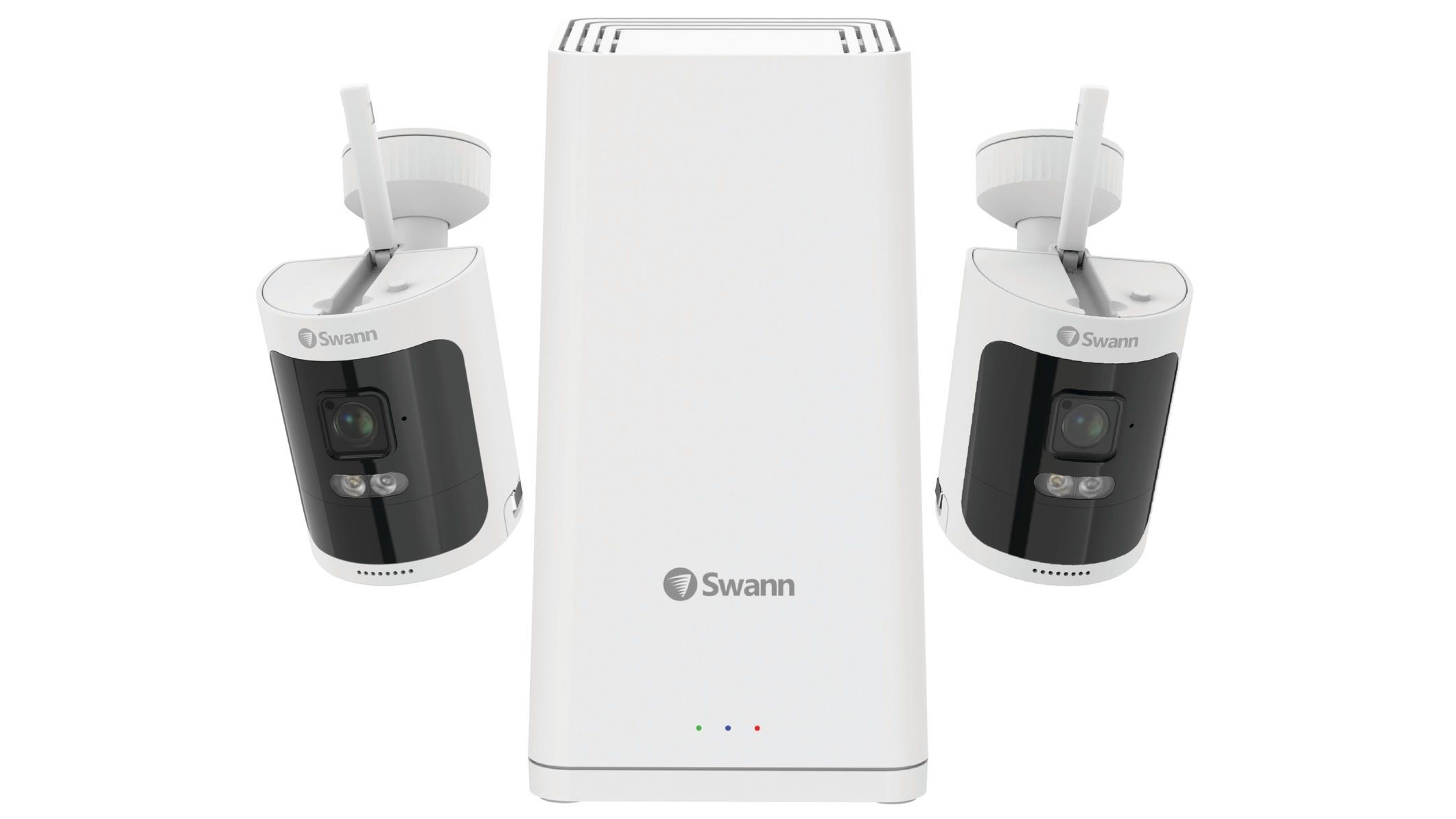
Perhaps because consumers expect a friendlier experience, and perhaps because of major player’s legal woes, innovation has shone out here in 2022. There have also been more and more cameras with built-in storage, either via a microSD card or embedding.
It is also common to find typical NAS RAID systems like those from Synology are able to store camera data and perform AI video analytics to generate alerts. (A ‘Surveillance Station’ tool has long been available in the Synology ‘Package Centre’ from which IP cameras can be monitors without needing a separate NVR, and the 2022 models certainly have the power to provide a full feature set.)
9: Legal issues, trade restrictions… and anti-trust?
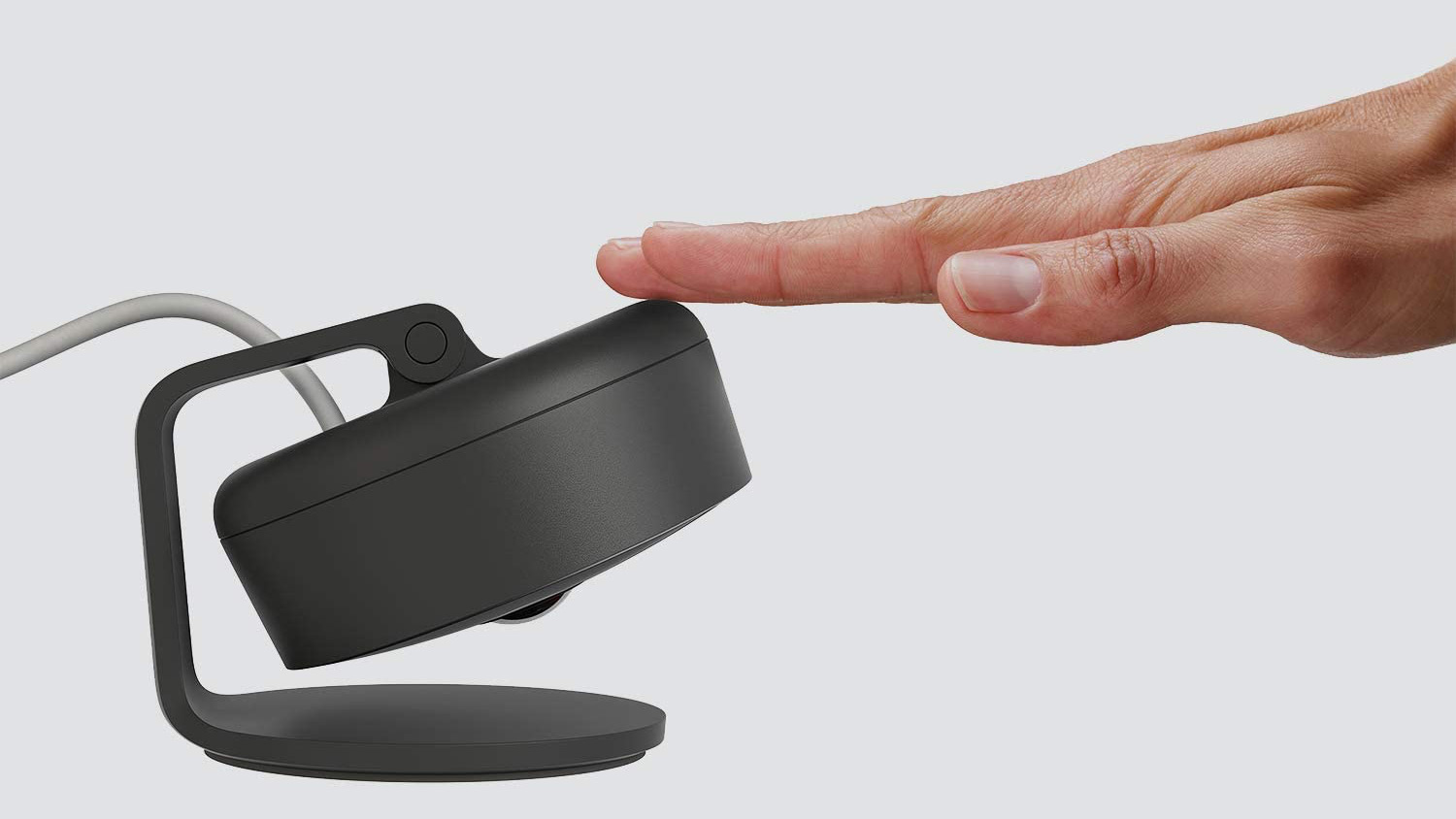
The wider security camera market is still reeling from sanctions placed on Chinese firm Hikvision by the US in May, and that is just the tip of the iceberg; this is already pushing many to reconsider their equipment choices and might yet be fatal to the firm (not to mention US/China relations).
We also can’t help but wonder whether at some point soon the clear and obvious influence that Google exerts on Nest and Amazon on Blink/Ring will come under scrutiny. There seems no good reason why Nest supports Google Assistant, Blink/Ring support Alexa and none of those brands work with Apple’s HomeKit save for company ownership.
Privacy in general is always an issue. This year Eufy was caught including software that could upload to the cloud even when it said it was working locally.
10: Moving into 2023
There are a few things we’d like to see next year, not least 4K – or at least 2.7K – becoming more prevalent on cloud-friendly cameras. There are enough 4K cameras from traditionally security-focussed brands that it is clear even battery power and wi-fi are enough, so it feels as if the constraint is the profit margin on the cloud storage.
We’d like to see that change – and for HomeKit Secure Video to store higher than 1080P. Failing that one workaround that we expect to increase is the number of cameras storing higher-res video locally even if only 1080P is sent cloud-wards.
We wonder if, since indoor PTZ has grown, we might see some outdoor devices from consumer brands to take on the security traditional (perhaps, though, the need for wired power is off-putting for too many).
Finally, of course, as processing power gets higher, we’d like to see fewer false positives through better on-board AI (and simple measures like PIR sensors). Ring’s Spotlight Cam Pro with ‘3D Motion’ radar – a tech they first introduced in 2021 – is definitely something we’d hope to see being developed.
Other useful buying guides:
The best body cameras for personal security

With over 20 years of expertise as a tech journalist, Adam brings a wealth of knowledge across a vast number of product categories, including timelapse cameras, home security cameras, NVR cameras, photography books, webcams, 3D printers and 3D scanners, borescopes, radar detectors… and, above all, drones.
Adam is our resident expert on all aspects of camera drones and drone photography, from buying guides on the best choices for aerial photographers of all ability levels to the latest rules and regulations on piloting drones.
He is the author of a number of books including The Complete Guide to Drones, The Smart Smart Home Handbook, 101 Tips for DSLR Video and The Drone Pilot's Handbook.
